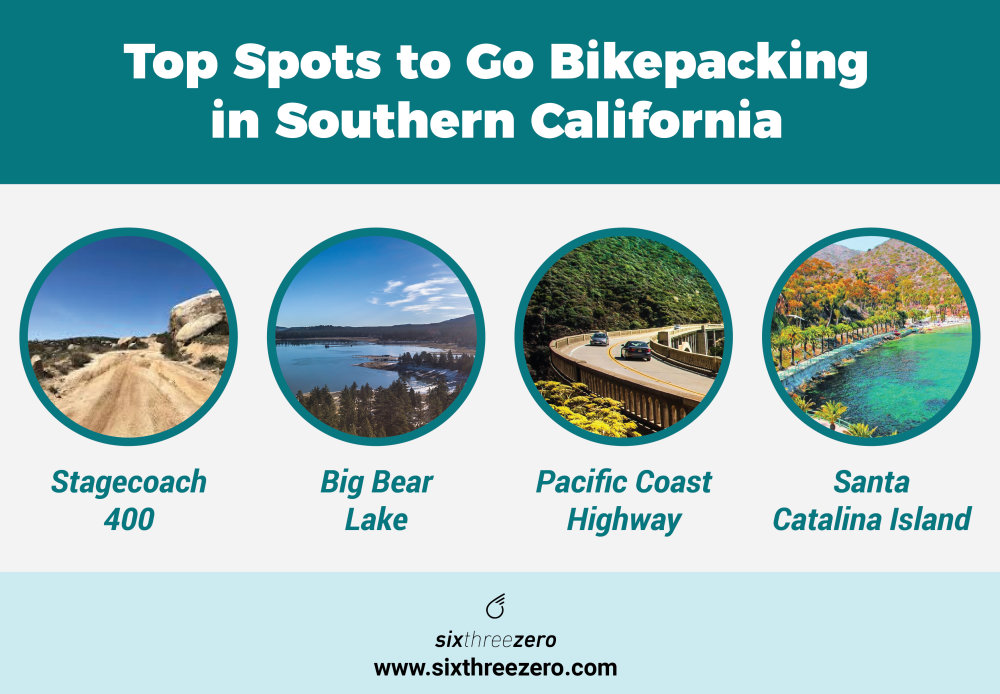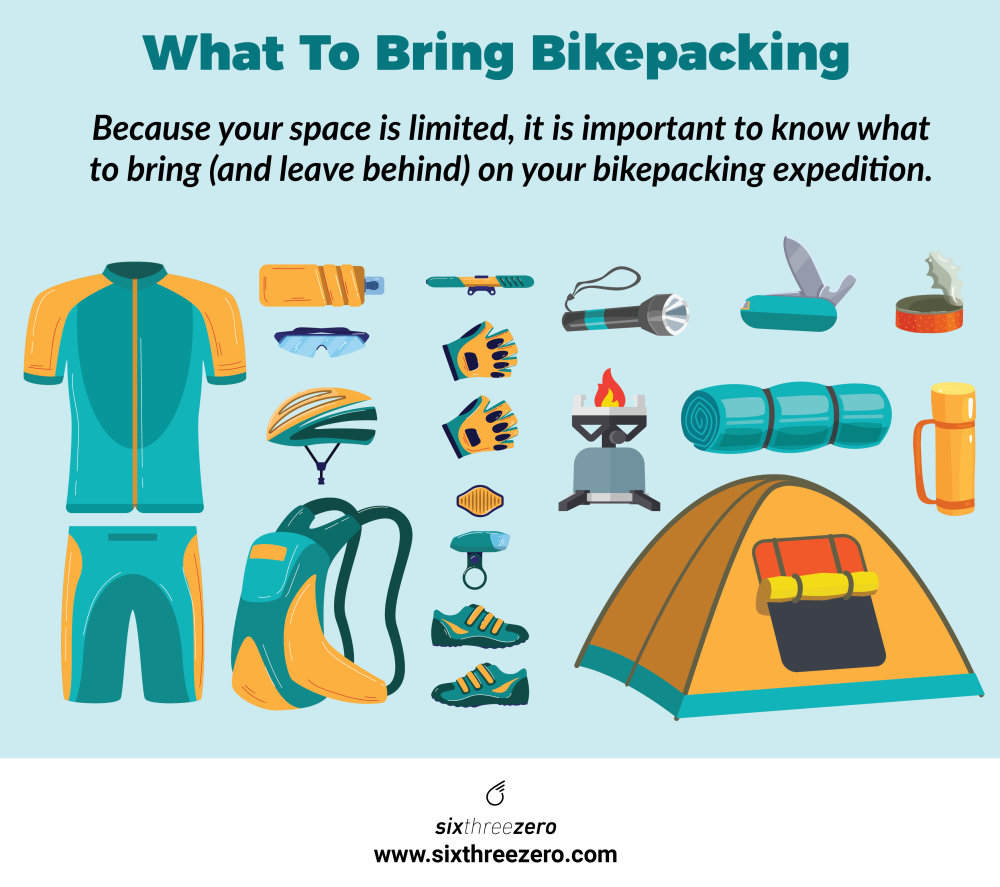E-Bikes & Bikes Customised to You
Beginner's Guide to Bikepacking In Southern California
Backpacking is a combination hiking and camping trip in which you carry all the essentials that you need for the trip with you. Bikepacking is similar to backpacking except that instead of hiking, you are riding your bicycle. Part of the challenge of bikepacking is that it can be more difficult to carry everything that you need on your bicycle. However, it also offers certain advantages. You can access terrain that would be inaccessible to many other vehicles and cover greater distances more quickly than you would when hiking.
What Is Bikepacking?
Long-distance bicycle trips are nothing new. As long as bicycles have existed, people have been taking them on cross-country, and sometimes international, expeditions. The traditional way to take a long-distance trip on a bicycle, which is sometimes referred to as bicycle touring, is to pack your gear in panniers, which are sort of like saddlebags mounted on either side of one of your wheels, usually the back one.
Bicycle touring is good for those who like to make long-distance trips on well-paved roads and wide, well-established trails. However, it is not so good for those who would prefer to take a long trip off-road on narrow trails over inhospitable terrain. The panniers used for bicycle touring can weigh you down, get caught on rocks and trees, or shake and rattle annoyingly when riding on rough roads.
Bikepacking is a relatively new concept, dating back to the first functional, lightweight frame bags in 2007. These made it easier to take a bicycle farther afield while still carrying the necessary gear in a less bulky, more aerodynamic setup.
Top Spots to Go Bikepacking in Southern California
Southern California is a great bikepacking destination because the weather is warm most of the year, meaning that you can take a comfortable expedition even in midwinter. Not only that, but Southern California offers a wide variety of different ecosystems to explore while bikepacking, from the desert to the mountains to the coastline. You could ask five experienced bikepackers what the best route in Southern California is and likely receive different answers. For desert bikepacking, people are enthusiastic about the challenging but rewarding Stagecoach 400, while those looking to do some serious mountain biking in a picturesque location may prefer Big Bear Lake. Another good option if you can time your trip during off-peak traffic hours is to take the Pacific Coast Highway to Leo Carrillo State Park north of Santa Monica or, for a truly unique experience, obtain a Freewheeler Bike permit to circumnavigate around Santa Catalina Island.
What To Bring Bikepacking
Because your space is limited, it is important to know what to bring (and leave behind) on your bikepacking expedition. You will need basic bicycling gear, such as a helmet and a light, if planning to ride at night, as well as spare tubes and a repair kit. Long hours on your bike can be uncomfortable, so you may also want to bring mountain bike shoes as well as padded gloves and bike shorts.
In addition to bicycling essentials, you also need the bare backpacking necessities, such as a camp stove, tent, and sleeping bag. To prevent instability, mount your heaviest gear as low as possible on your bike and avoid carrying a lot of weight on your back.
Best Bikes for Bikepacking
It is most essential that the bicycle you choose for bikepacking can mount racks; otherwise, you won't be able to carry your gear. Many people find that fat tire bikes are better at handling rough terrain. Since you'll be carrying gear over long distances, a bike with a lightweight frame is usually better to keep you from tiring. Other than that, the bike you choose depends on whether it can handle the conditions where you plan to ride.
As the pandemic continues, people are looking for recreation options that get them out of the house while keeping them away from crowds. Bikepacking may be the ideal solitary excursion.
Fit






